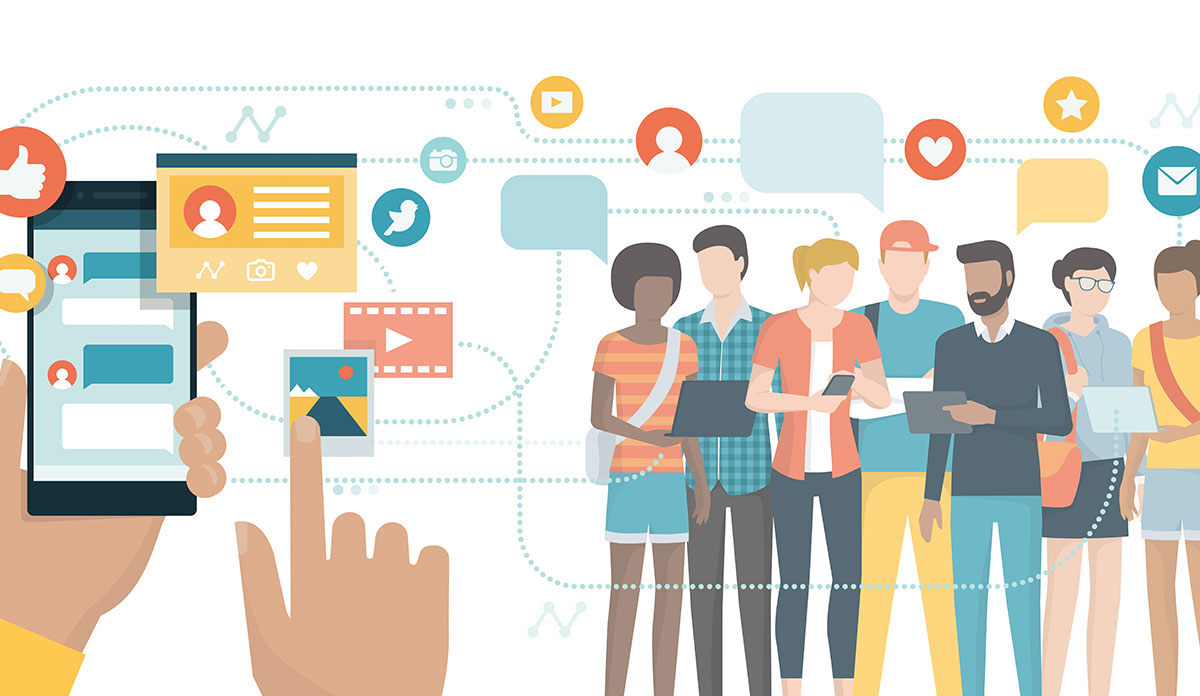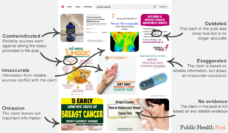When a mysterious rash appears on your arm it’s tempting to grab your phone and let the internet diagnose you. But with all sorts of information available online and via social media, it becomes extremely hard to differentiate fact from fantasy.
Covid-19 generated an infodemic where digital media platforms circulated false information regarding health, the virus, and vaccines. Of course the spread of inaccurate information during disease outbreaks has occurred since the middle ages, but the internet and social media have constructed an expansive and convoluted web that often obstructs science, fact, and reason. An analysis of 1,000 tweets posted in February 2020, found more false information than evidence-based content. Other studies have similarly found that false information exceeded science-based content on social media even before “coronavirus” flooded search engines and became commonplace in daily conversations.
Misunderstanding and flat-out falsehoods are perpetuated by our tendency to believe information that aligns with our pre-existing beliefs. This past spring, we had notifications pop up on our phones that the Johnson & Johnson Covid-19 vaccine had been linked to blood clots because indeed six persons had blood clots among nearly 7 million Johnson & Johnson Covid-19 vaccine recipients. Someone with vaccination hesitancy could see this fact as evidence for the vaccine being unsafe, but the same person may also be taking hormonal birth control pills, where the risk of getting a blood clot is between 3 and 9 out of 10,000, unaware that they were already subjecting themselves to a higher (but still very low) risk for blood clots. The glut of media coverage following vaccine-associated adverse effects confirmed fears and strengthened pre-existing beliefs that the risk of the Johnson & Johnson vaccine outweighed the benefits.
Even when health information is communicated accurately, many still misunderstand. This is partially a result of confusing sentences packed with technical language that assume the audience will understand the message: what is the difference between “incidence” and “prevalence”? Many Americans with private insurance do not understand their health insurance plan. And how many of us bother to read the labels on our prescription drugs?
So how can we better communicate accurate health information, clearly? Nour Mheidly and Jawad Fares offer some recommendations:
- Increase media coverage and social media platforms of health experts
- Urge big tech companies such as Google and Yahoo to adapt search engine algorithms to prioritize valid health organizations such as the Centers for Disease Control and Prevention and state departments of public health.
- Have community health organizations and public health leaders communicate directly with marginalized populations
- Increase investments in developing health communication strategies for different target populations
The pandemic put the public health community on a steep learning curve, challenging us to communicate scientific evidence in a way that can be readily understood by a wide variety people. Social media and the internet are often the go-to sources of health information. With science-led health communication strategies, the public may be better equipped to separate fact from fiction.
Photo via Getty Images














